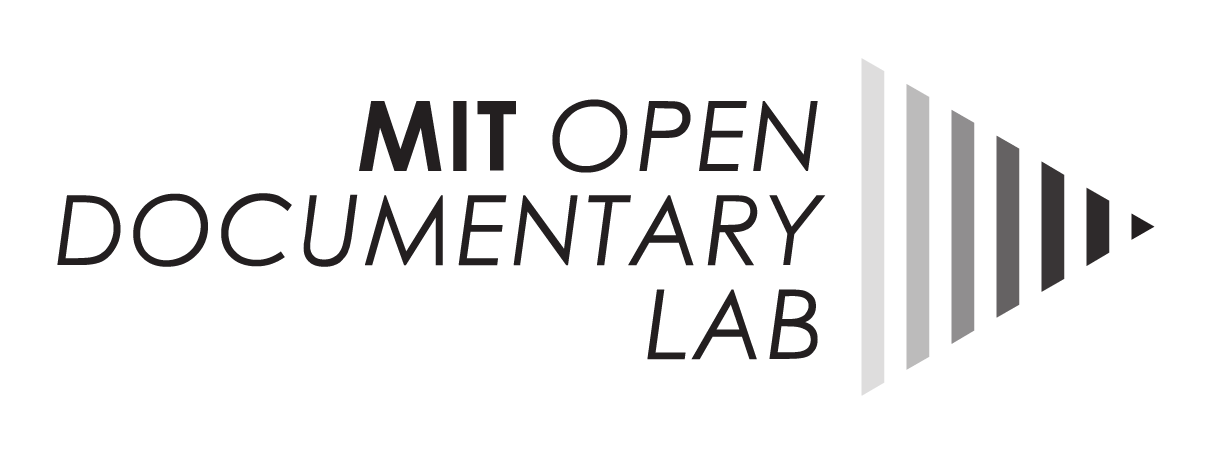
21 Apr Documentaries: Product or Process?
Lance Weiler is one of the leaders in transmedia storytelling. A self-described “story architect,” Weiler is the creative force behind cross-platform events Pandemic and Collapsus. Weiler also established DIY Days, a “boot camp” for filmmakers and technologists interested in new forms of storytelling.
In the past decade, many people have gained access to film production and distribution tools. In many ways, this democratization made the DIY movement possible. But in a recent column in Filmmaker Magazine, Weiler argued that democratization
quickly gave way to the commoditization of these same tools, the services and solutions that connect creators with audiences. Filmmakers can now pay to place their films on VOD, can book screenings, sell tickets and merchandise through websites, and can raise financing through crowd-funding platforms.
Weiler’s point about commodification often gets buried in the excitement about crowdsourcing and participatory media making. Platforms and tools are brands—and often, proprietary brands.
Historically, movies have been thought of and treated as commodities. Distributors buy projects; audiences buy tickets. DVDs and Blu Rays now give us the ability to “own” films, and display them on our bookshelves like precious objects. Even crowdsourcing darling Kickstarter reinforces the model of film as commodity. Audiences buy into projects and are rewarded for contributions with branded swag.
Weiler argues that social interest documentaries can, on some level, live outside the commodity circuit:
So now that the world of independent filmmaking has been commoditized, a new wave of social innovation begins. DIY has evolved beyond active creators and passive audiences… Groups of passionate people are collaborating in an effort to create change.
One question here is how to we define documentary. Are documentaries catalysts for change, or commodities that attract an audience? The two models aren’t mutually exclusive (and KONY 2012, for example, is a recent reminder of how “change” can be commoditized).
What does it mean to redefine documentaries as catalysts? How does that change the way we think of projects, particularly their endings (are social change documentary projects ever truly “finished”?) As far as participation, the entire production process, from development to distribution, could be retooled to involve the audiences, and build an engaged public.
My read on Weiler’s column is that he’s throwing down a gauntlet and challenging us to think about storytelling beyond expressive domains. Cross-platform thinking doesn’t stop with the creative. Documentarians can learn from activists, political campaigns, and movements working to promote change.
It all comes down to how media makers define their goals. Are documentaries a product or a process? If we think of them as the latter, where does that get us?
Katie Edgerton/MIT




